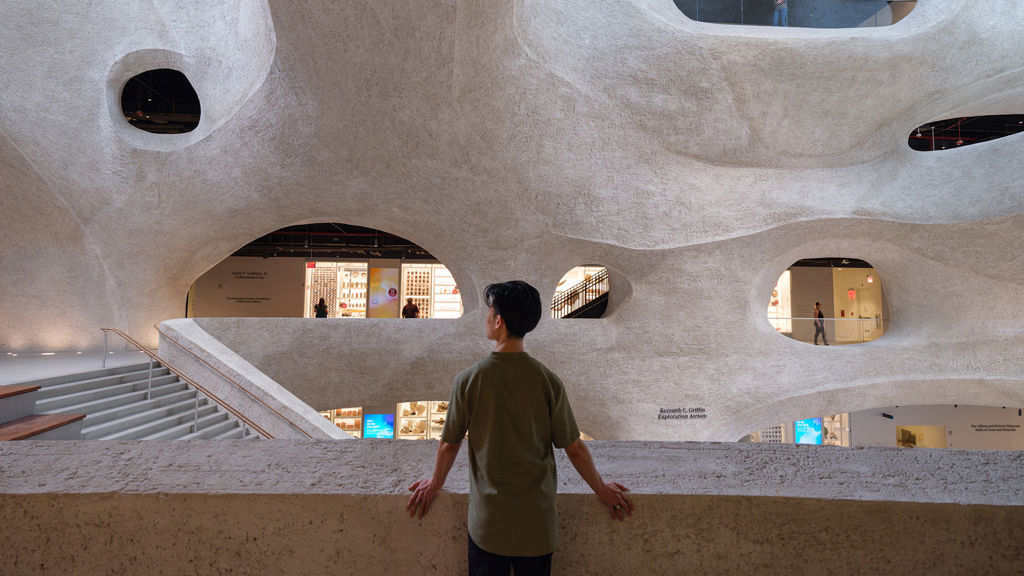Explore
Discover more of our services:
Experts
To discuss a project, contact our team today:

Raj Patel
Global Acoustic Consulting Leader
Raj Patel is an Arup Fellow and Global Leader of the Acoustics, Audiovisual, and Theatre Consulting practice.

Nathan Blum
Americas Acoustic Consulting Leader
Nathan Blum is an acoustic and audiovisual leader in Arup’s San Francisco office.

Sylvia Jones
Australasia Acoustic Consulting Leader
Sylvia joined Arup Melbourne's acoustics team in 2001. Since then she has been involved in a broad range of engineering projects in Australasia and developed a comprehensive knowledge of building acoustic engineering.

Henry Chan
East Asia Acoustic Consulting Leader
With over 20 years experience, Henry is a skilled professional with expertise in design and management.

David Hiller
Europe Acoustic Consulting Leader
David leads our Acoustics and Audio Visual teams in Europe. He has managed and undertaken a diverse range of infrastructure and buildings projects, covering planning, environmental noise and building design aspects.

Ian Knowles
UKIMEA Acoustic Consulting Leader
Ian is an acoustic consultant specialising in performing arts work and broadcast and recording facilities. He advise on acoustics, multi-use venues, space planning and technical issues. Having joined Arup in 2002, he became leader of the acoustics, AV and theatre teams for the UKIMEA in 2015.

















